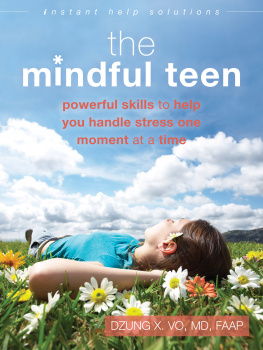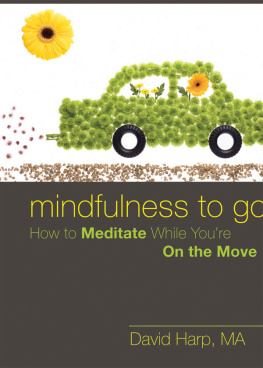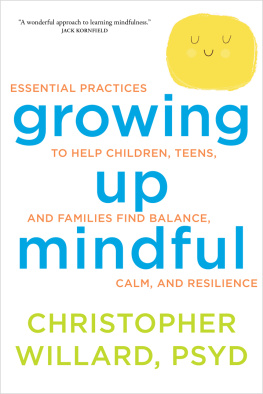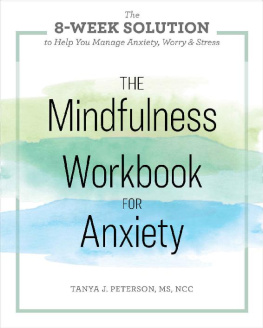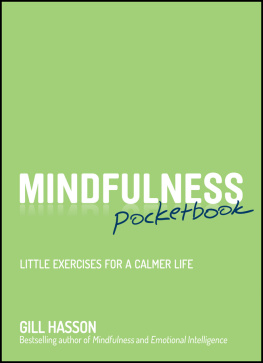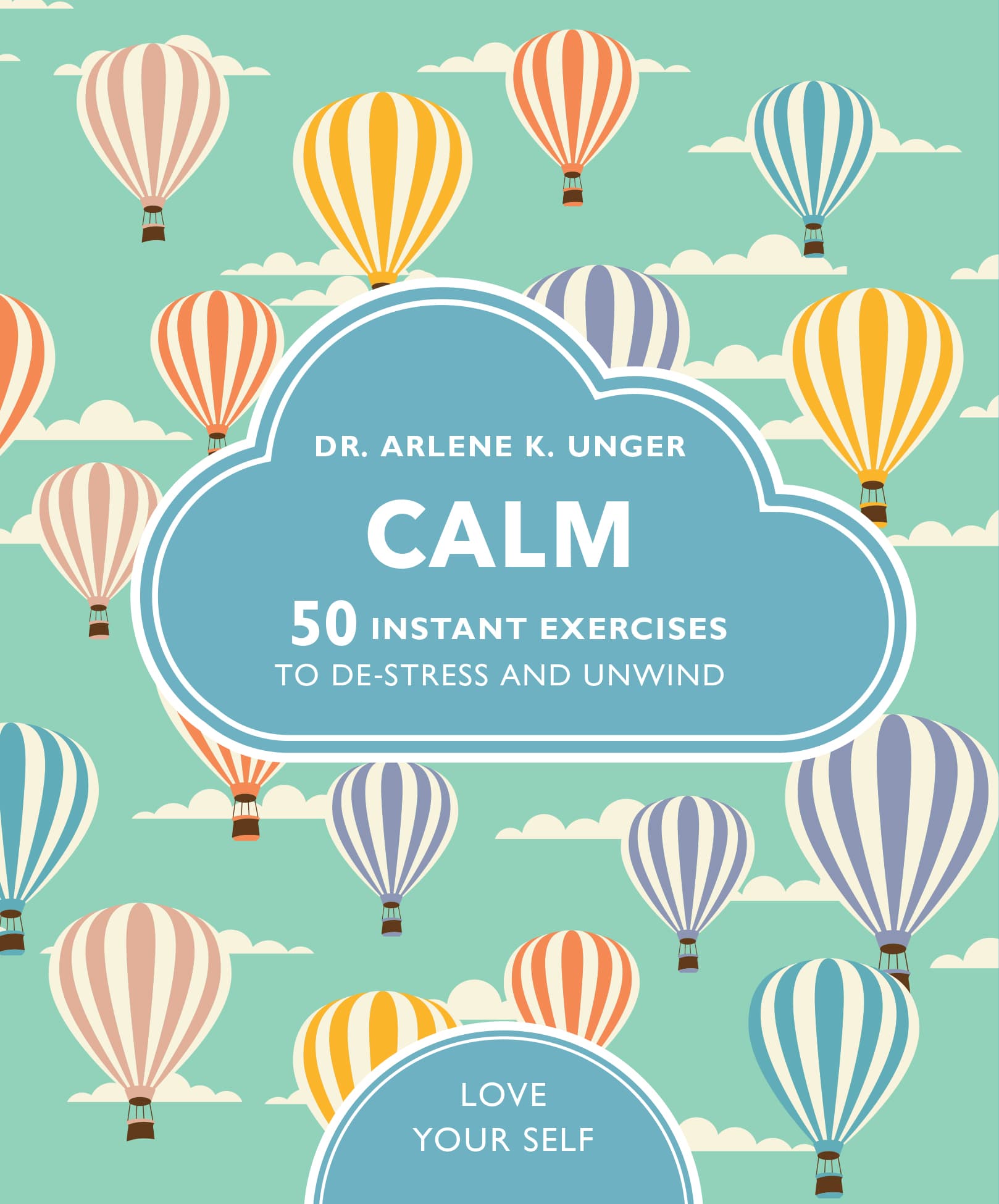DR. ARLENE K. UNGER
CALM
INSTANT EXERCISES
TO DE-STRESS AND UNWIND


First published in 2015 by Apple Press,
an imprint of The Quarto Group.
The Old Brewery, 6 Blundell Street,
London, N7 9BH,
United Kingdom
T (0)20 7700 6700
www.QuartoKnows.com
2015 Quarto Publishing plc.
This revised edition first published in 2020 by White Lion Publishing, an imprint of The Quarto Group.
QUMPEAC
All rights reserved. No part of this book may be reproduced or utilised in any form or by any means, electronic or mechanical, including photocopying, recording or by any information storage and retrieval system, without permission in writing from White Lion Publishing.
Every effort has been made to trace the copyright holders of material quoted in this book. If application is made in writing to the publisher, any omissions will be included in future editions.
A catalogue record for this book is available from the British Library.
Digital edition: 978-1-78131-975-8
Softcover edition: 978-0-71125-237-0
INTRODUCTION
Everyone wants to feel calm and happy but few of us actually manage it. The truth is that we are just not equipped for the 21st century it is too fast, too crowded, too 24/7. And the more stressed we become, the harder it is to find the quiet times and places that are essential to our well-being.
But it doesnt have to be this way. There are antidotes to the clamour, strain and busyness of modern life, and there are means of breaking through the stress to achieve inner peace. You can find the answers in this book, which contains 50 different visualisations and exercises to help you to discover the calm we all crave.
What is calm?
Calm can be described as a state of mind where we are mentally and physically at peace with ourselves. It is a way of being that allows us not to overreact to feelings of anger or fear, to overwhelming problems or to annoyance. It obviously involves not losing our temper, but it is more than that. Calm is a way of being in the world that helps us deal physiologically with daily stressors, and so it promotes good health.
Why physiologically? Because a mind that has been trained to be peaceful will stimulate the release of calming hormones. More specifically, our brains trigger the release of endorphins (happy hormones) when we are calm. This in turn lowers the level of cortisol (the stress hormone) in the body, resulting in feelings of tranquillity.
So, while we can practice calming techniques in stressful situations, the goal is to make calm our normal, baseline state. This does not mean a life that is entirely without stress, or rising so far above problems that we ignore them. Rather, we can achieve calm when our mind and body are in tune with what is going on around us, but we are not constantly buffeted like a ship in a storm. Calm means cultivating a way of life based on balance, order and harmony.
When to seek help
Much of our stress can be resolved by self-help measures such as the ones outlined in this book. But if your emotional issues are continual, or they impact on your everyday life, relationships or work, then consult your doctor or a professional therapist for individual advice and support.
The enemies of calm
But why does calm matter all that much? Isnt it better to have a bit of excitement in life? Well, the opposite of calm is not excitement, it is stress. And there is a big difference between a little beneficial stress and a lot of out-of-control stress. Moreover, stress is not just an unpleasant feeling, it is also deeply damaging to our health and well-being.
When we are under chronic stress our body reacts by increasing our oxygen intake, our heart rate and muscle tension. There is a sound reason for this: it is an ancient evolutionary reflex that prepares us to fight for our lives or run for the hills. But in modern life, the reaction triggered by stress is not usually accompanied by the heightened physical response that it is intended to enable. Our bodies get needlessly flooded with hormones, and that taxes our nervous system and drains our immune system. Chronic stress can lead to a range of physical and psychological ailments, from insomnia to heart disease to long-term anxiety and depression. This book draws on three methods that help combat stress and promote calm: emotional brain training (EBT), cognitive behavioural therapy (CBT) and mindfulness-based stress reduction (MBSR).
10 BENEFITS OF CALM
Makes you feel happier
Restores good health and energy levels
Raises mental acuity and concentration
Inspires you to create and enjoy yourself
Develops your intuition
Slows down the aging process
Helps you connect with yourself and build better relationships with others
Enables you to relax, let go and rejuvenate
Increases your capacity for hope, forgiveness and compassion
Allows you to spend more time on what is important to you
Emotional brain training
In this therapy, mind-body interventions are used to address the stress reactions that undermine our ability to be calm. The tools of emotional brain training depend on the patients reported brain state, which can range from super calm (level one) to beyond stressed (level five). There are also six skills that patients are encouraged to acquire. These include setting effective limits and taking out the emotional rubbish (dumping bad feelings and past pain).
Positive affirmations
Throughout the book youll find a number of positive affirmations. These are short phrases that you can repeat in order to reinforce a message in your subconscious and which encourage you to develop positive perceptions of yourself.
Cognitive behavioural therapy
This therapy holds that our thoughts, not external events, form the basis of our actions and feelings. If we can retrain our thoughts, we can control our reactions, rather than trying to change the people and stimuli around us. Cognitive behavioural therapy helps the patient to see that every thought is a hypothesis that can be questioned. Once that has been established, harmful reactions and behaviour can be changed through tools such as keeping a journal, list writing, distraction and visualisation.
Mindfulness-based stress reduction
Non-spiritual meditative and yoga-related teachings form the basis of this therapy. Mindfulness helps us to manage stress by attending to our breathing, feelings, thoughts, bodily sensations and surroundings, without judgement. A key concept is being in the moment. This simply means allowing yourself not to be troubled by the past (which you cannot change) or the future (which has not happened). The only reality is the now; and if you can focus on that, then many of your regrets about the past and fears for the future will fall away.


